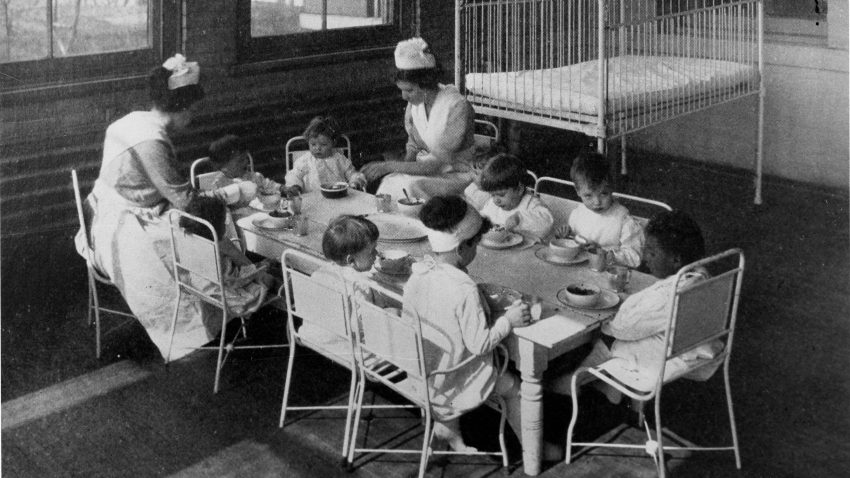
The Henry R. Winkler Center for the History of the Health Professions and the Cecil Striker Society for the History of Medicine will host the 9th Cecil Striker Society Annual Lecture from 5-7:30 p.m. on Thursday, May 3, in the Kresge Auditorium, Medical Sciences Building, 231 Albert Sabin Way.
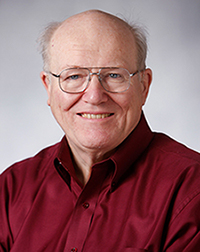
Michael Farrell, MD
This year’s lecture, titled “Cincinnati Children’s Hospital Impacting the Health of Children in Our Community and the World: The Past, Present and Future,” will focus on the contributions and historical relevance of pediatrics in the Cincinnati region with a primary focus on Cincinnati Children’s Hospital and Medical Center (Children’s Hospital).
Michael Farrell, MD, and Bea Katz, PhD, will serve as co-lecturers for the event. Dr. Farrell is currently professor of pediatrics in the College of Medicine. He served as director of the Pediatric Residency Program until 2001 and chief of staff at Children’s Hospital until 2015. His major interests are general pediatrics, the history of medicine and gastroenterology/nutrition. Bea Katz, editor of Cincinnati Children’s Hospital Medical Center (2008) by Arcadia Publishing, has chronicled the history of Children’s Hospital for 30 years, first as a writer in the hospital’s Marketing and Communications Department and later, post-retirement, as an independent author and researcher.
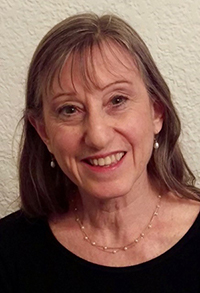
Bea Katz, PhD
The evening will include the talk and audience Q&A from 5-6:30 p.m. Immediately following will be a reception from 6:30-7:30 p.m. outside the Winkler Center. In addition, an exhibit highlighting the pediatric history of Cincinnati will be on display in the Stanley J. Lucas, MD, Board Room.
The Cecil Striker Lecture is free and open to the public, but RSVP’s are requested by April 27 to (513) 558-5120 or chhp@uc.edu. Continue reading →
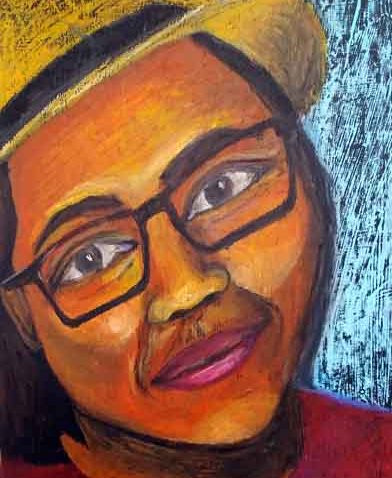 Summer semester the Clermont College Library is pleased to exhibit the art of Molly Newton, Lily Barnes, and Amanda Wittmer. Molly and Lily have created works in pencil and pen, while Amanda used oil pastel, acrylic, and collage.
Summer semester the Clermont College Library is pleased to exhibit the art of Molly Newton, Lily Barnes, and Amanda Wittmer. Molly and Lily have created works in pencil and pen, while Amanda used oil pastel, acrylic, and collage.
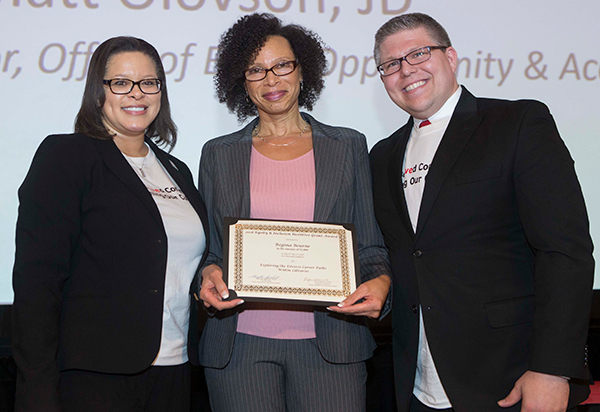
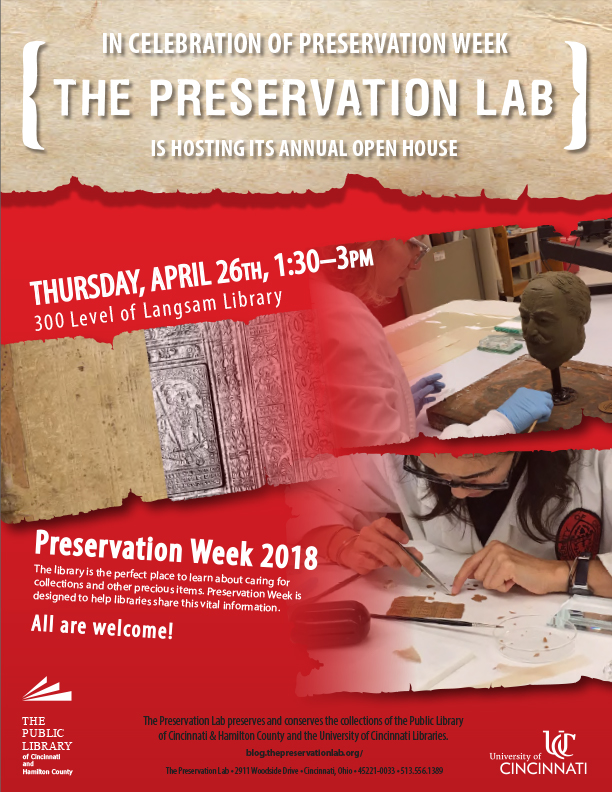

 Join us Fri. April 20 at 1:30 PM in the Gorno Library for a concert of songs by Henri Duparc performed by members of the Collaborative Piano Seminar in conjunction with the Special Topics Voice students.
Join us Fri. April 20 at 1:30 PM in the Gorno Library for a concert of songs by Henri Duparc performed by members of the Collaborative Piano Seminar in conjunction with the Special Topics Voice students. 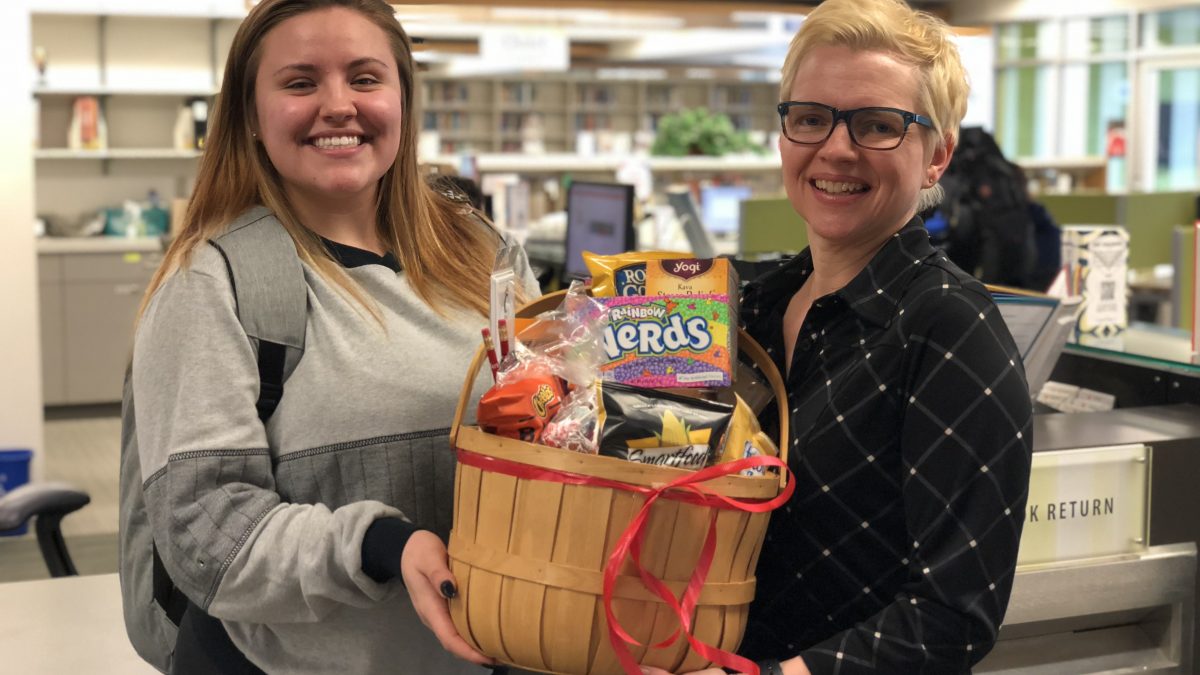
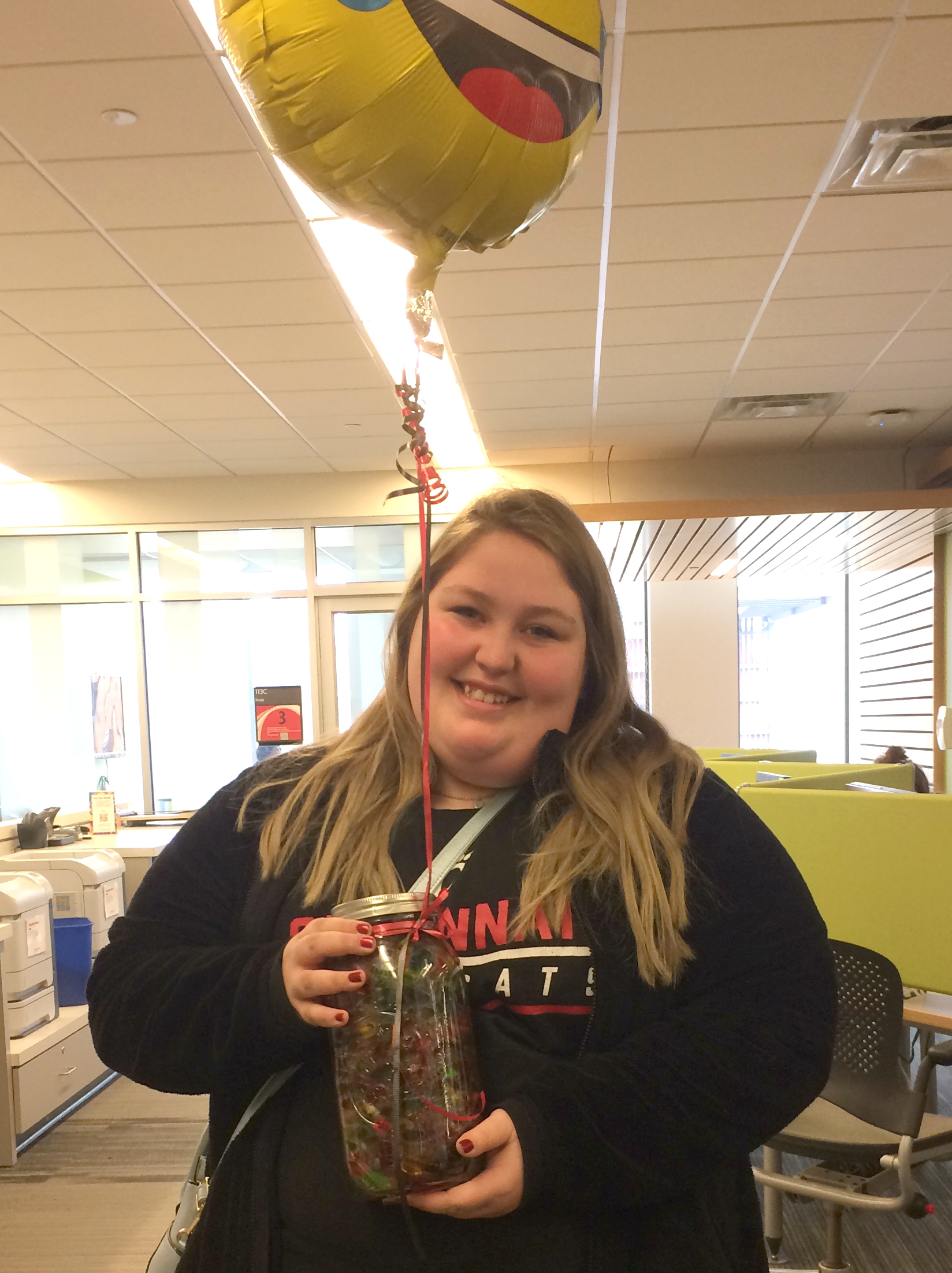
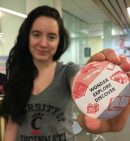
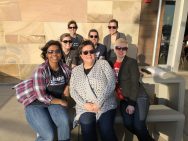
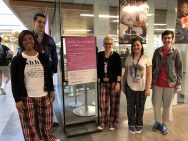
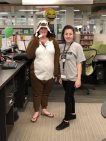
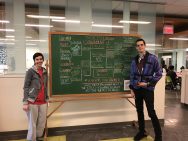
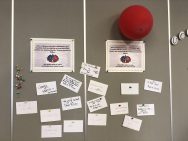
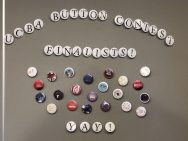
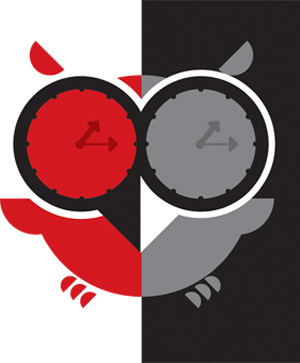 Cramming for an exam? Need a safe, quiet place to study?
Cramming for an exam? Need a safe, quiet place to study?

